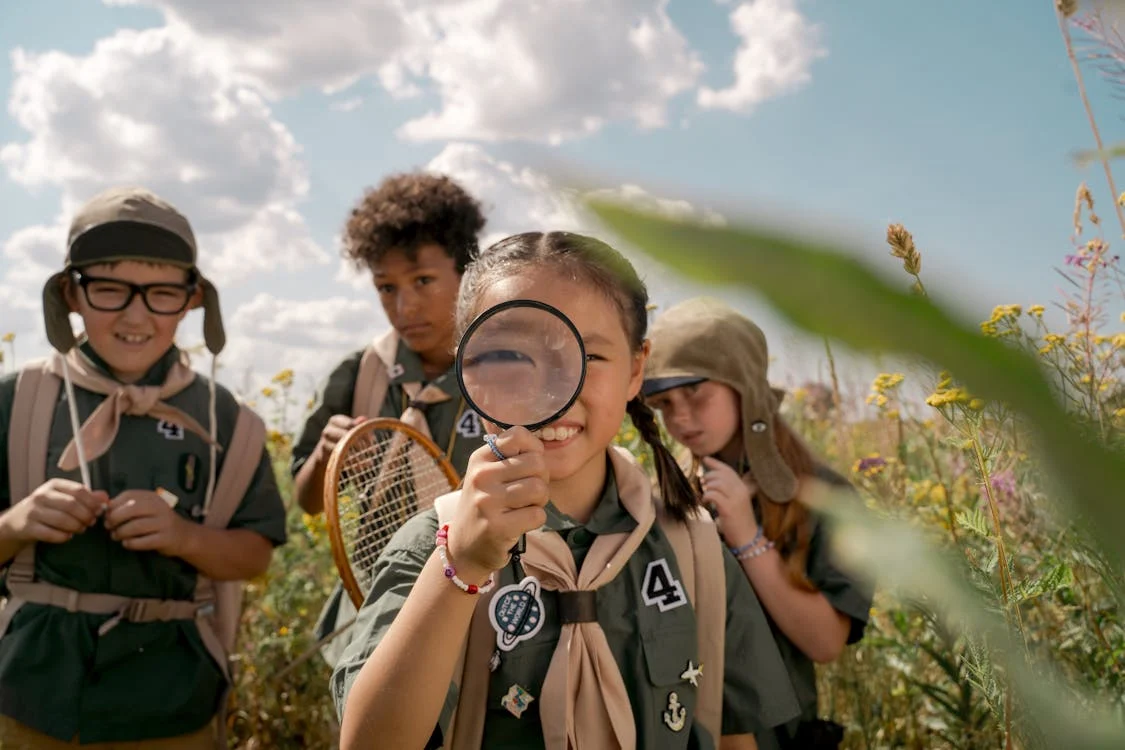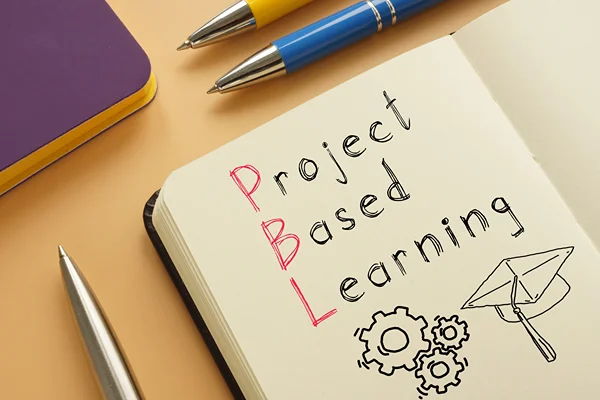The Risks of Negligence in Child-Centered Programs and Field Trips
Field trips are an essential part of educational experiences, offering children opportunities to learn outside classrooms. However, negligence in such settings can lead to devastating outcomes. Whether due to lack of supervision, safety measures, or preparation, these oversights endanger children’s well-being.
Schools and organizations must be vigilant in minimizing risks and prioritizing safety to prevent any accidents. Proper preparation and awareness are key to protecting young lives during field trips.
Importance of Safety Protocols in Educational Settings
Safety protocols are essential in any educational setting involving children, especially during field trips. Schools must ensure that field trips enhance learning while prioritizing safety. Here are the key aspects of safety protocols to consider:
- Clear guidelines on trip locations and activities
- Defined staff responsibilities for supervision
- Established emergency procedures for all situations
- Regular training for staff to handle unforeseen circumstances
These measures protect children from unexpected hazards and ensure a safe experience. Involving experts in safety, such as first aid professionals, can also enhance preparedness.
Hurak notes that in the UK, schools must legally ensure student safety by providing first aid supplies, staff, and training. Under the Health and Safety Regulations 1981, first aid should be available during all activities. The regulations require schools to stock first aid kits, assign first aid staff, and provide clear access information.
Parents and teachers should collaborate to ensure children’s safety. Safety must always be prioritized, regardless of the trip’s educational value or excitement level.
Consequences of Inadequate Supervision and Training
Inadequate supervision and lack of proper training significantly increase risks during field trips and programs. Supervising children is a huge responsibility, and it’s essential to ensure they’re always monitored closely.
International SOS states that effective supervision and communication are vital for any successful school trip. Constant contact between staff, students, and parents ensures safety and smooth coordination. ISO 31031 emphasizes clear communication protocols to respond quickly to emerging issues.
If a trip is not sufficiently supervised, children may engage in unsafe activities without adult intervention. Without proper training, adults cannot respond appropriately to crises.
The outcome of this negligence can be catastrophic for everyone involved. Supervisors must be proactive, prepared, and capable of managing the complexities of outdoor, hands-on learning experiences.

Legal and Financial Implications of Negligence
Negligence during a field trip can lead to severe legal and financial consequences for the involved parties. When children are injured due to a lack of safety measures, lawsuits often follow.
FindLaw mentions that schools have a duty of care to ensure student safety during field trips, including risk prevention. Negligence, such as inadequate supervision or poor safety protocols, could make schools legally responsible. Third-party liability may arise if a contracted service, like a bus company, is responsible for the injury.
Families can demand justice, seeking compensation for medical bills, emotional trauma, and other damages. Educational institutions, companies, and individuals responsible for field trips may face significant legal battles. Defendants may be liable for damages, including future medical care and rehabilitation.
The cost of lawsuits can be financially devastating for both the responsible party and those affected. It is essential for schools to implement proper safeguards to avoid such legal complications.
Case Study: The Michigan Race Car Crash Incident
CBS News reports that on July 17, 2023, a horrific incident occurred during a field trip at a Michigan test track. Two children, ages 8 and 10, suffered severe injuries in a race car crash. The students, attending a STEM summer camp, had visited the track as part of the field trip.
Lawsuits claim that the driver intentionally lost control of a race vehicle in order to make the presentation dramatic. The crash resulted in traumatic brain injuries and fractures for both children. The lawsuit claims that the driver was not properly trained and that safety protocols were not followed.
This case highlights the importance of ensuring safety at all times during field trips and child-focused programs to prevent injuries to children.
According to Loewy Law Firm, enlisting the help of a child injury lawyer is essential in such cases. These professionals specialize in advocating for children harmed due to negligence, helping families navigate the legal process. An experienced lawyer ensures the child’s rights are protected and justice is served.
Implementing Effective Risk Management Strategies
Implementing appropriate risk management methods is critical for avoiding field trip mishaps. To identify possible dangers, extensive preparation, and risk assessment should take place before each journey.
Organizers must verify that the site is child-safe and that all necessary safety standards are followed. Employees should be trained in emergency response techniques and first aid. Regular reviews of the trip’s logistics, such as transportation and monitoring, are critical to safety.
Parents and guardians should be educated about the hazards and how safety will be maintained. Accidents in child-centered programs can be reduced with good planning and risk management.
Field trips are valuable but come with inherent risks that need careful attention. Negligence in supervision or safety can have disastrous outcomes for children. The Michigan racing car accident is a terrible reminder of why safety should always come first. Schools and organizations must invest in comprehensive risk management techniques to ensure safety.
This involves detailed trip preparation, adequate personnel training, and rigorous adherence to safety regulations. Open communication between schools, parents, and children is key to a smooth experience. Ultimately, everyone involved shares the responsibility of protecting children during field trips and ensuring a secure, enjoyable learning experience.






